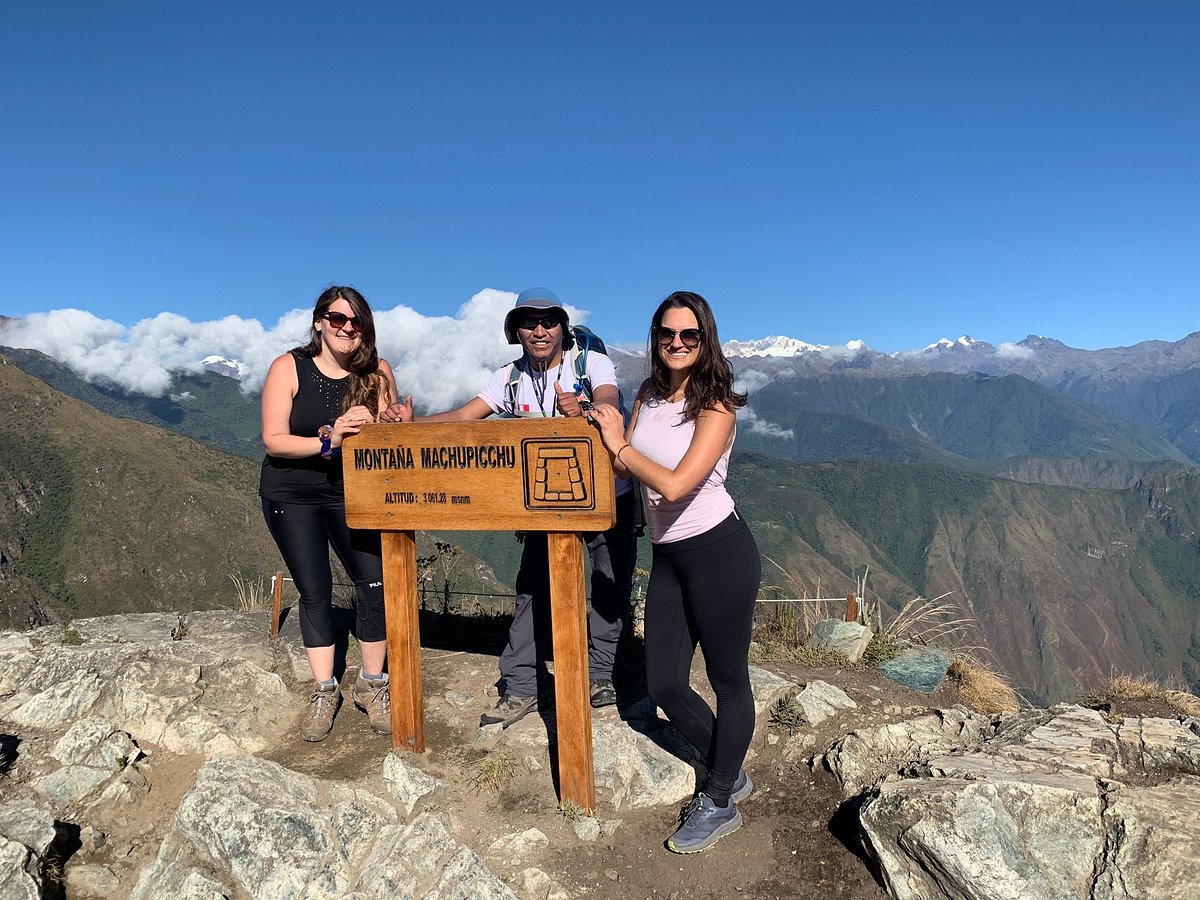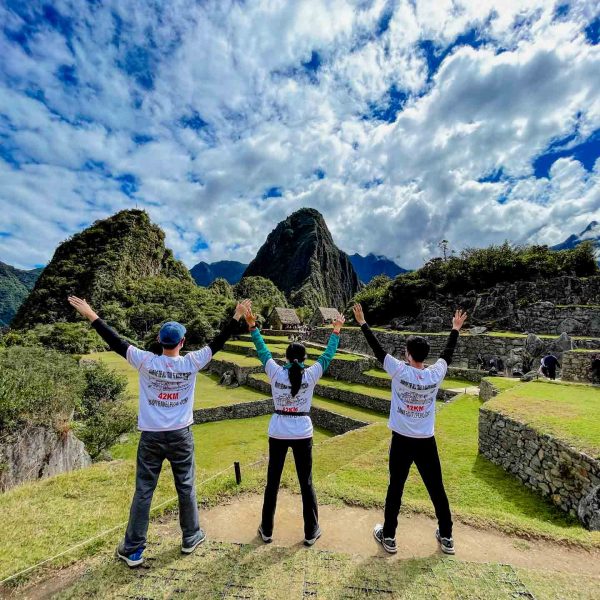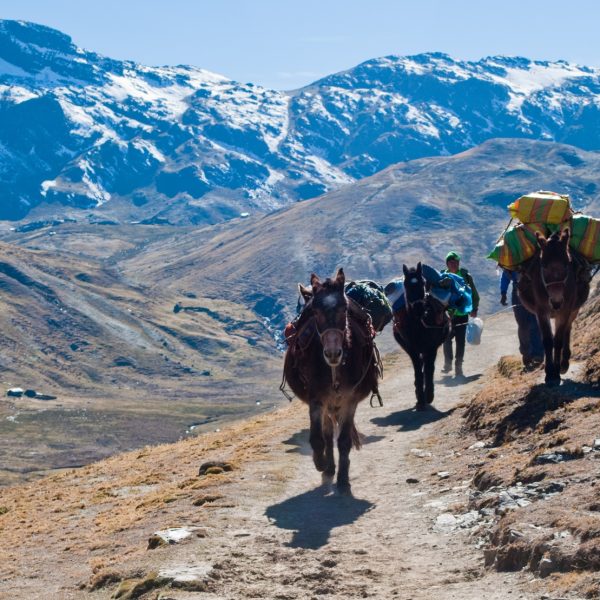The Best Time to Visit Machu Picchu
Determining the best time to travel to Machu Picchu is a critical aspect of trip planning. Given the distinctive weather patterns of Machu Picchu, it may not be as easy to visit as other places. Despite evaluating the advantages and disadvantages of the dry, rainy, and transitional seasons and scrutinizing the weather forecast hour by hour, there isn’t a definitive answer. Rather, the most favorable time to visit varies depending on individual traveler’s preferences. For this reason, many individuals consider Machu Picchu to be an all year round travel spot.
Below are some key points for the time of day and each season to help you decide which would be the best for your vacation.
What’s the best time of day to visit Machu Picchu?
The best time to visit Machu Picchu depends on personal preferences. The morning is the most crowded time of day as many visitors aim to see the sunrise or hike the mountains, but morning mists can often obscure the view. If avoiding crowds is a priority, the afternoon is the best time to visit. During the rainy season, clouds and rain are more common in the afternoon. However, the golden light of the afternoon can be just as magical as sunrise. It is important to note that the last bus back to Aguas Calientes departs at 5:30 pm.
What’s the best time of year to visit Machu Picchu?
Visiting Machu Picchu during the shoulder seasons of April, October, and November offers a balance between the dry and rainy seasons with fewer crowds. April is more lush from the rainy season, while October and November are drier and browner. Planning extra time at Machu Picchu during these seasons can allow for good weather and fewer tourists in your photos.
DRY SEASON
The dry season from May to September offers the lowest levels of precipitation and sunny weather. This makes it an attractive time to visit Machu Picchu. There are large crowds during this time. Chilly nights are expected. This is also the high tourist season, making family travel possible during summer vacation but with busy backgrounds in photos.
Packing Tips:
- Prepare for the sun with hats, sunglasses, and sunblock. Remember you’ll be at high altitude and near the equator so the sun is very strong!
- Bring layers. Although it will be sunny and pleasant during the day, temperatures drop significantly at night so bring a jacket, gloves, and a warm hat if you plan on being out late.
RAINY SEASON
The rainy season from December to March. Known as the low tourist season, has the most precipitation. The peaks are in January and February. However, it also offers warmer temperatures at night. Have the opportunity to avoid crowds and get photos of empty ruins with cool clouds. Travelers are advised to be prepared with rain gear and schedule extra time at the ruins for better chances of clear weather.
Packing Tips:
- Have a poncho or rain jacket ready to go, but leave your umbrella at the hotel because they are not allowed inside the ruins.
- Still carry some sunblock and sunglasses in your bag in case the sun does come out.
SHOULDER SEASONS
Visiting Machu Picchu during the shoulder seasons of April, October, and November offers a balance between the dry and rainy seasons with fewer crowds. April is more lush from the rainy season, while October and November are drier and browner. Planning extra time at Machu Picchu during these seasons can allow for good weather and fewer tourists in photos.
Packing Tips:
- Bring layers suitable for both rain and sunshine.
What’s the best time of year for hiking at Machu Picchu?
If you are planning to climb one of the two peaks within the ruins, Huayna Picchu or Machu Picchu Mountain, it’s best to travel during the dry season or the shoulder seasons for the best conditions. Good weather is especially important for Huayna Picchu because the steep, stone Inca steps can get slippery in the rain, and you are not allowed to bring trekking poles into the ruins for support.
For multi-day hikes starting in Cusco and leading into Machu Picchu. The dry season, of course, offers the best hiking conditions because the trail will be dry and there’s less of a chance of your clothes getting wet. Just keep in mind that nights during the dry season will be the coldest of the year, hovering around freezing at the highest altitudes.
If you can’t travel during the dry season, shoulder seasons and even the tail ends of the rainy season are still fine for hiking given the proper gear. In fact, for those who are sensitive to extreme temperatures, these seasons may be better because the sun often won’t be as harsh during the day, and nights won’t be as cold.
However, it’s incredibly important to remember that no matter what time of year you decide to hike, you should always prepare for all kinds of weather. This means having hats and sunblock during the rainy season, as well as ponchos or rain jackets during the dry season. Treks in Peru like the Inca Trail, Salkantay, and Lares cover many different microclimates, including cloud forests and alpine tundra, so the weather will be much more unpredictable.
Note: The Inca Trail is completely closed during the month of February for maintenance.
Machu Picchu weather month by month
JANUARY
January is the peak of the rainy season at Machu Picchu. The average rainfall is 8.9 inches for the entire month. The stones at the ruins, as well as hiking paths, can be pretty slippery at this time. However, it will only rain about 18 days out of 31. This is also one of the warmest months with an average high of 68F and an average low of 46F.
FEBRUARY
February also has high rainfall, averaging about 8.2 inches for the month. Like January, slick conditions make this a bad month for hiking. Also like January, the bright side is that it will only rain half the days of the month, and there are incredibly few tourists.
MARCH
March is the tail end of the rainy season but still pretty wet with an average rainfall of 8 inches. It’s still best to avoid it if you’re looking to hike, especially since high altitude hikes like Rainbow Mountain can see snow that covers its unique colors.
APRIL
By April, the amount of rainfall is nearly half (4.5 in) of that of March. It’s a perfect month for green scenery and still relatively few people at the ruins. Temperatures are very mild with an average high of 70F and an average low of 43F. Although not the absolute best month for hiking, you’ll be ok with the proper gear in case of showers.
MAY
May is the beginning of the dry season with only about 1.4 inches of rain. With the decrease in rainfall, you see a quick uptick in the number of visitors at the ruins! May to the end of the dry season is an excellent time for hiking.
If you’re planning to travel in May, be sure to plan your trip well in advance to get the best hotels and tours. This is also the first month to sell out for Inca Trail tickets!
JUNE
June is typically the driest month of the year. The average rainfall is around 0.8 inches and only accounts for 3 days out of the month. However, temperatures can drop to 35F at night. The ruins will be pretty busy with visitors at this time given the nearly guaranteed nice weather.
Note that there’s an additional surge in visitors to the Cusco area for the days surrounding June 24th, which is the festival of Inti Raymi.
JULY
July is the second busiest month at Machu Picchu and normally the second driest. With only about 3 days of rain for the entire month, the chances of perfectly sunny weather are pretty good. Keep in mind, though, that this is the coldest month of the year with an average high of 68F but an average low of 34F.
AUGUST
August is recorded as the busiest month of the year at Machu Picchu. The likelihood of rain is about the same as in May. Daily high and low temperatures are very similar to July.
SEPTEMBER
September is still a busy month but not nearly as much as July and August. The average rainfall is only 2.2 inches, and rain occurs only about 5 days out of the month.
OCTOBER
October can be pretty variable. For the most part, though, it has good weather with only 3.7 inches of rainfall. The average high temperature is about 72F, the warmest of the year, and the average low is about the same as January. By this time, crowds have begun to thin. In regards to scenery, after so many months of dry weather, it’s pretty brown in comparison to April.
NOVEMBER
In November you start to get an inkling that the rainy season is approaching, with weather similar to that of April. This month probably has the lowest number of tourists out of all the shoulder season months. From this month to the end of the rainy season is not the best for hiking.
DECEMBER
December is the beginning of the typical rainy season. Although rain clouds are probable—average rainfall is 7 inches with about 16 days of rain—there’s still a chance of getting some sunny days thrown in. The beginning of the month sees very few tourists. However, there is a pretty big peak in visitors for Christmas and New Year’s.
So…when should I visit?
It really does come down to your own personal preferences. If beautiful weather and bright, sunlit photos for your family travel albums are most important, then the dry season is definitely the best time to visit Machu Picchu. If you don’t mind a few rain showers and are very much crowd averse, try sometime in the rainy season. Ok with settling for the happy medium? The shoulder season months are for you!
Choosing when to travel can also depend on what other places you plan on visiting. Just because you may prefer one season for Machu Picchu doesn’t mean it will also be the best time to visit Peru’s other amazing destinations, like the Amazon rainforest or the Peruvian coastline.
Just remember that no matter what, visiting Machu Picchu is always a truly magical experience. If you aren’t able to go during your preferred season, that’s ok! There are advantages to every time of year, and with the right planning and preparation, your vacation will be one of your favorite trips of all time.






